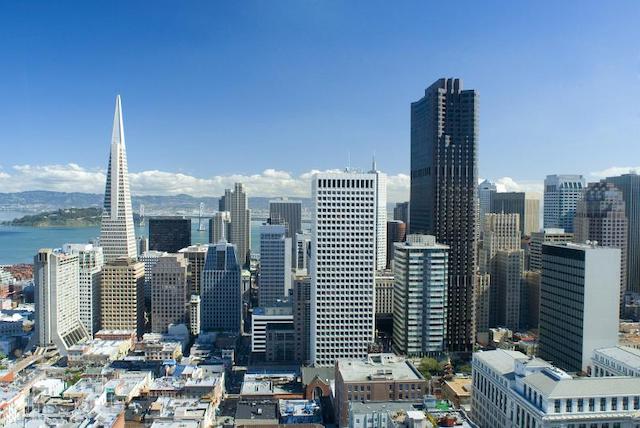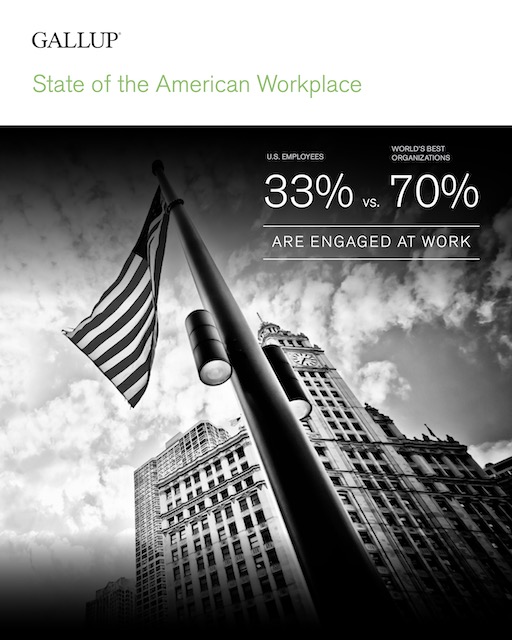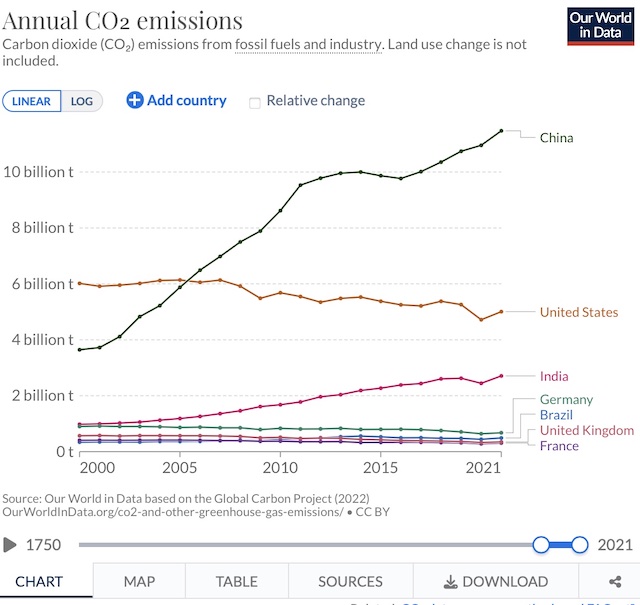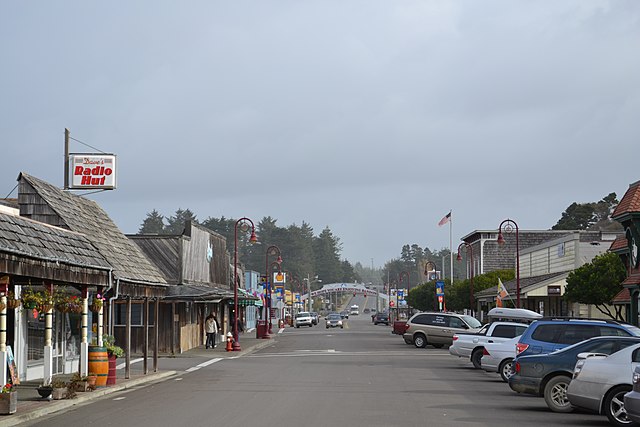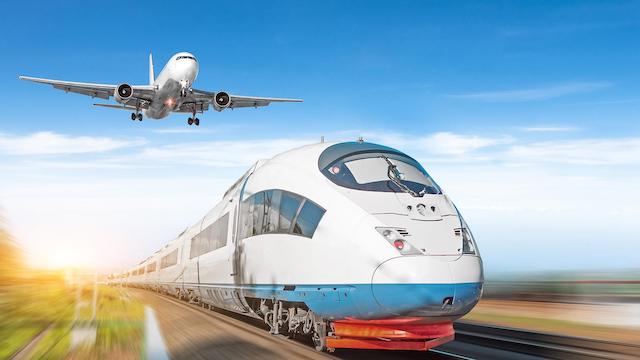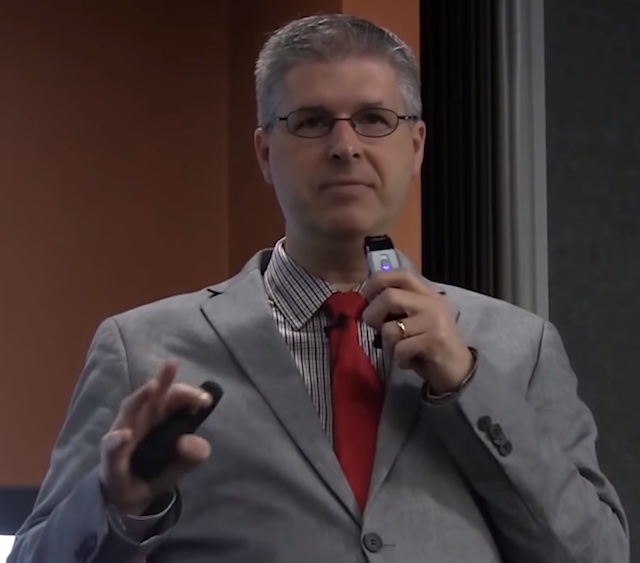Portland used to call itself “the city that works,” and I pointed out in a paper 16 years ago that, not only was it not working, it was especially ironic that it borrowed that claim from Chicago, another dysfunctional city. But if Portland wasn’t working in 2007, it is anti-working today, that is, actively working to alienate as many people and businesses as possible.
The latest example is Kevin Howard, who has been a Portland property developer for 40 years. The last property in the city that he owned was worth $800,000 a few years ago, but he was forced to sell it for little more than half that due to repeated invasions by homeless people and the city’s failure to do anything about it. Continue reading

